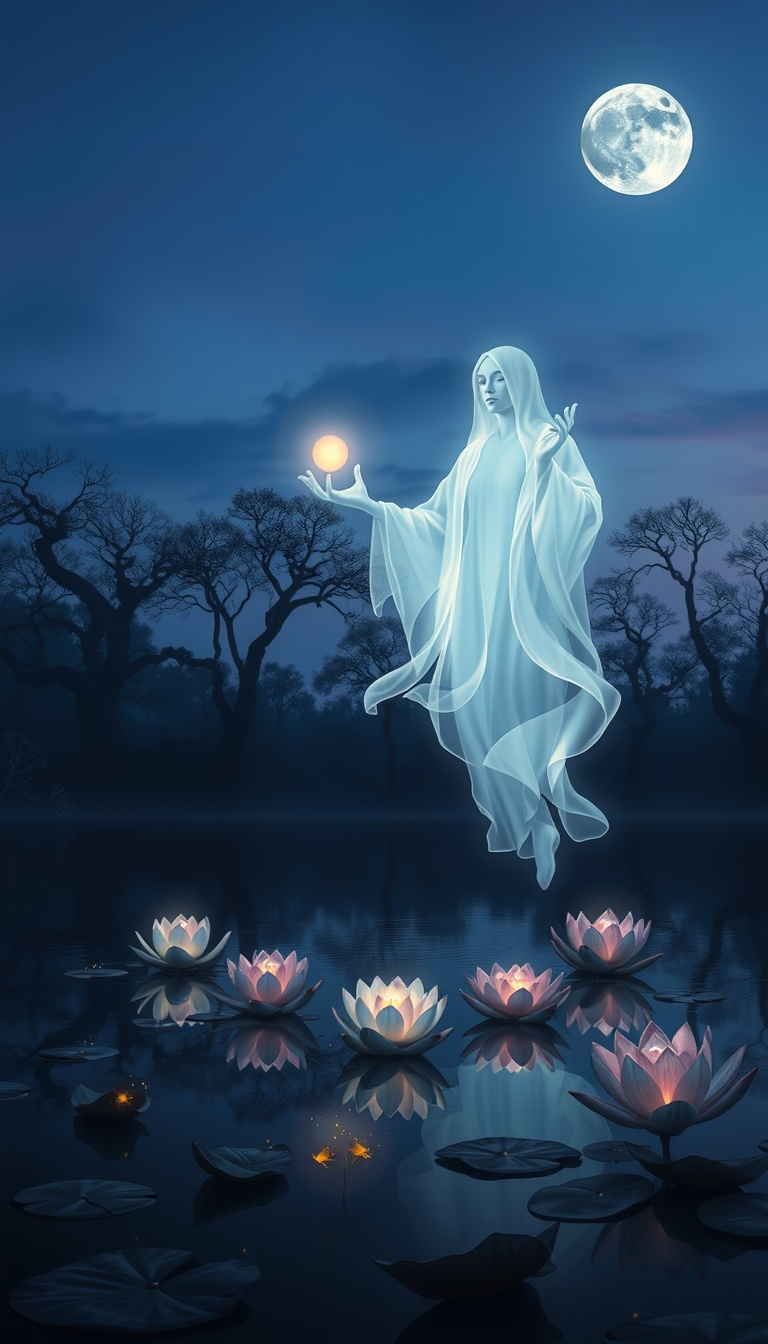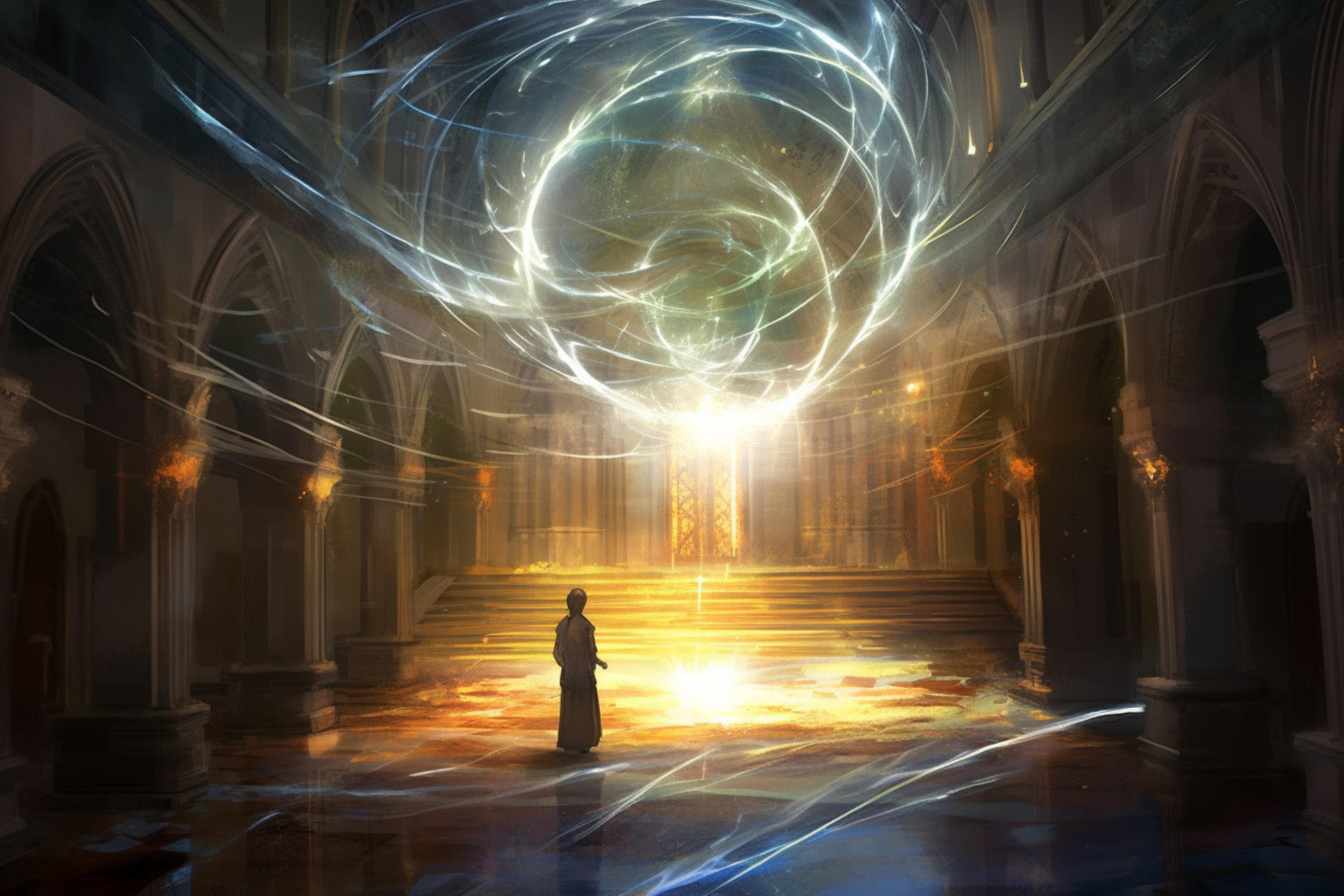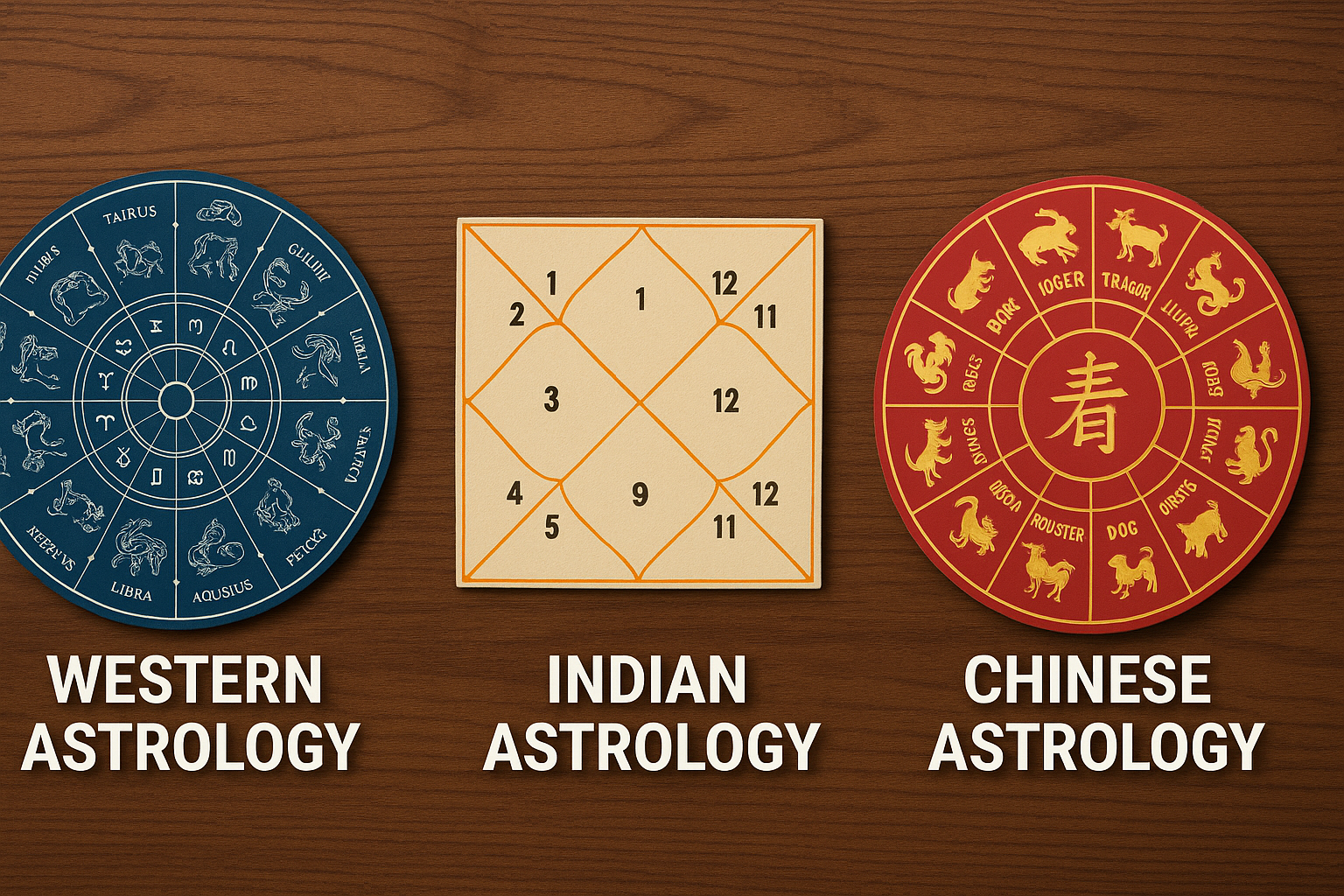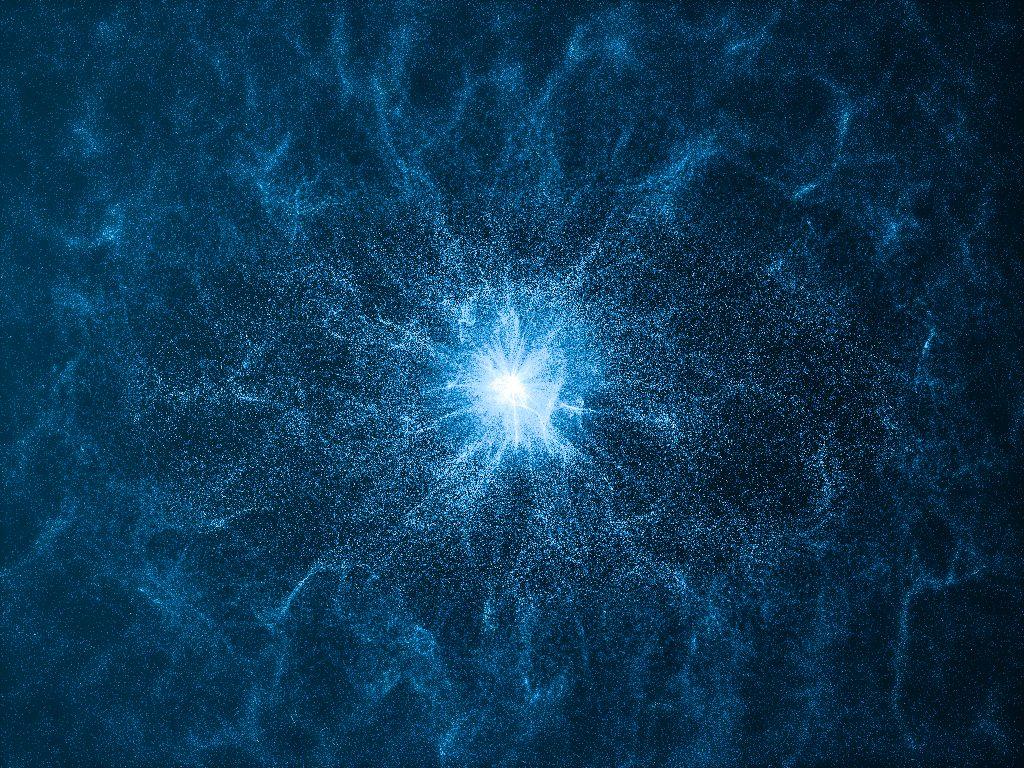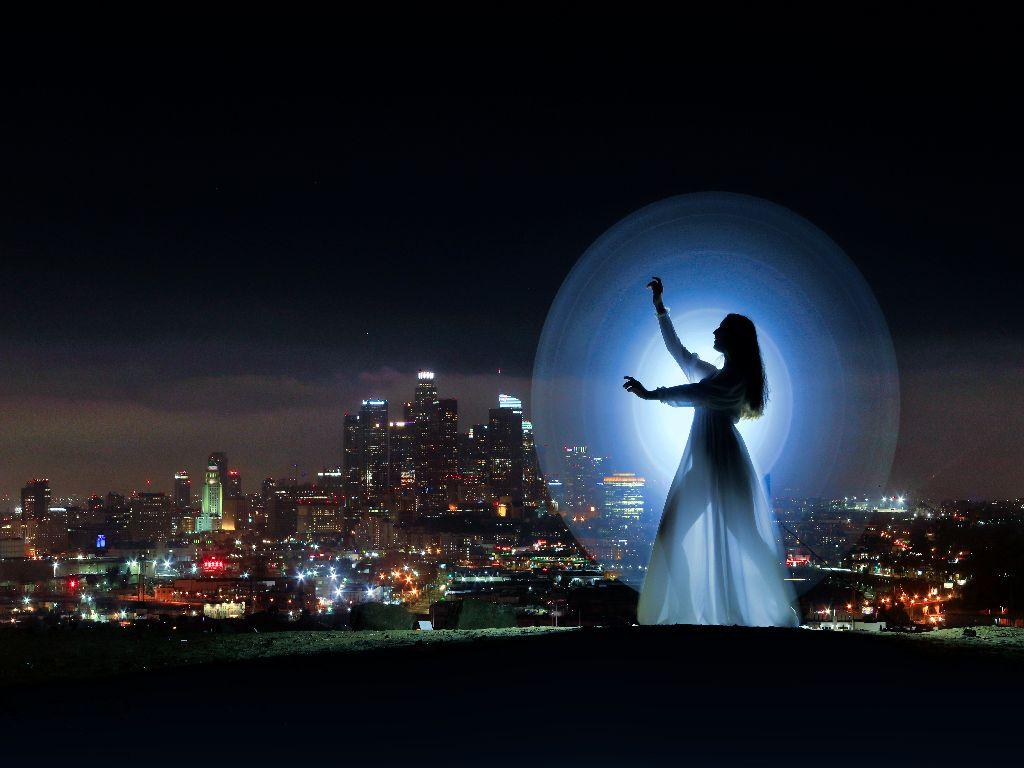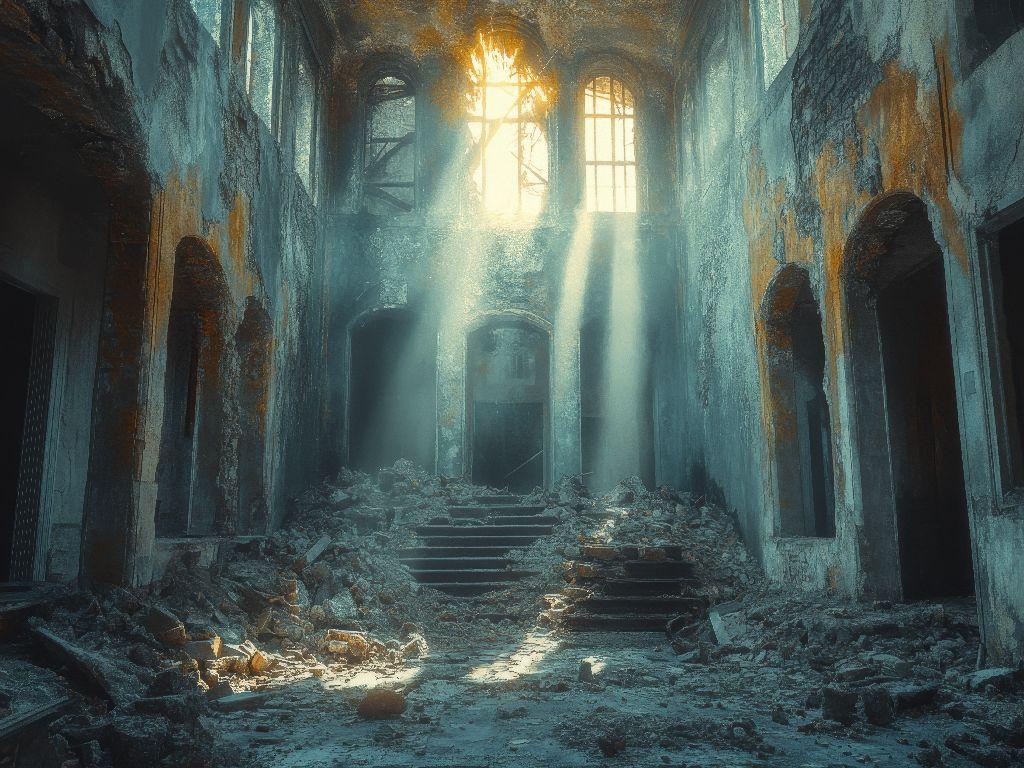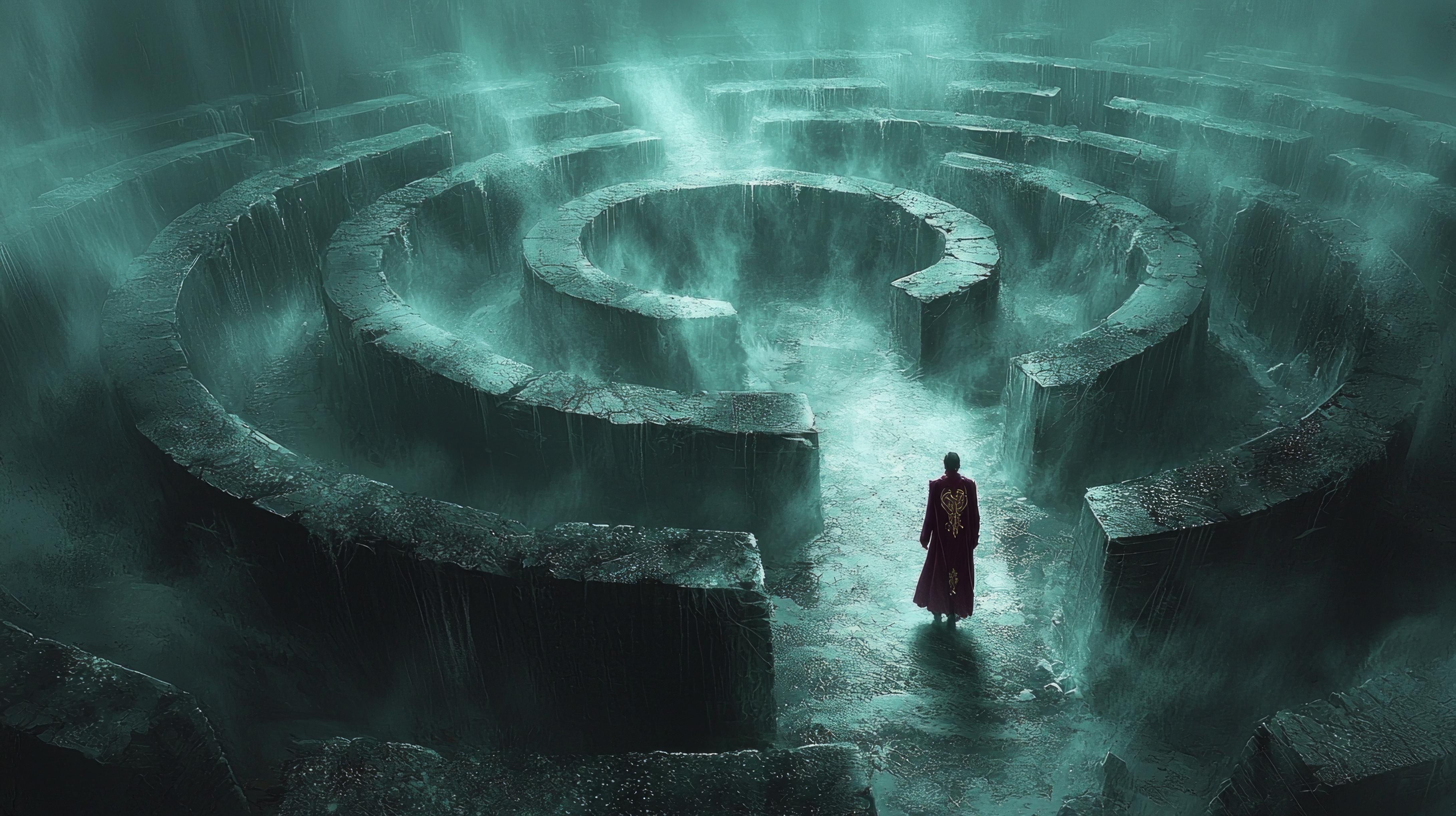Western Spiritual Path
🌄 What is the Western spiritual path?
It isn't as quiet as the East. There's no pure retreat into the void, no "everything is one and I dissolve."
The Western path says more like:
"I walk through the middle of the world—through pain, shadows, love, power, contradiction—and there I find the divine."
🧬 Central themes and stages:
1. The awakening of the self
You realize: I am a conscious being.
The beginning of responsibility, individuality, creativity.
2. The descent into the depths
Confronting the shadow (à la Carl Jung)
Traumas, dark archetypes, repressed parts of the self
Not to escape—but to integrate.
3. Transformation (Alchemy)
The "Work": Solve et Coagula – Dissolving & Recomposing
The ego is not destroyed, but transformed
Goal: the true self, not the "dissolved"
4. Divinity in the World
Humans become co-creators, not dropouts
Spirituality in everyday life, in art, in relationships, in the body
5. Mysticism of Action
Not a retreat into nirvana, but a lived act of love, creative power, social responsibility
🕯️ Typical Western spiritual movements:
Current Essence
Gnosis: Knowledge saves – you are divine, but trapped in illusion.
Hermeticism: "As above, so below" – microcosm and macrocosm reflect each other.
Christian Mysticism: Direct experience of God within (e.g., Meister Eckhart)
Alchemy: Symbolic: The soul is transformed from lead to gold
Jung's Archetypes: The path of self through the integration of all inner forces
Kabbalah: Return to the source through insight and symbolic work
✨ Central message:
You don't have to leave the world to find the divine.
You must become yourself—whole, true, radical—and there is God.
Links:
Free Reading: Tarot, Astrology and Numerology!


